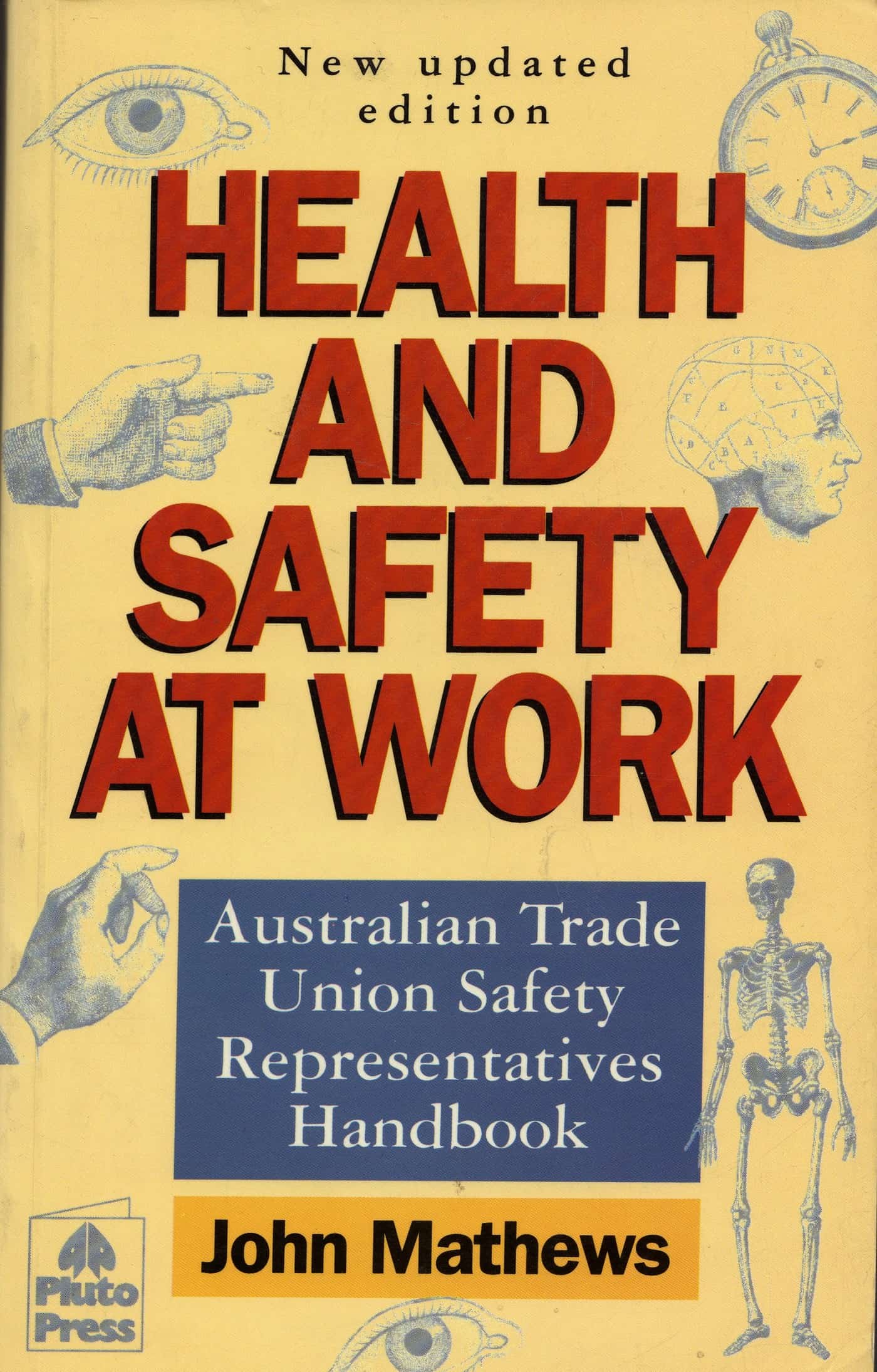On 4 January 2009, the Sunday Age contained a curious article based around some quotes from Eric Windholz, acting executive director of WorkSafe Victoria. The article reports Eric as saying that when workers return to work after a holiday break they can be careless.
“People come back, they’ve taken their mind off the job, they’ve had a well-earned holiday and sometimes it takes them a little while to do the basics of making sure they’re working safe….. Recommissioning their equipment, starting plant, starting at construction sites again, people may not have their minds on the job and they get hurt.”
WorkSafe has advised SafetyAtWorkBlog (and provided the original media statement) that
“JANUARY is one of the most dangerous months with 3.8 deaths/year over the past decade. There were three January deaths last year and 5 in 2007.”
However, this general data does not necessarily indicate injuries by those returning to work after a vacation and is likely to include seasonal activities in the high-risk Summer industries, such as farming.
Employer Obligations
The Sunday Age article makes no mention of the obligations that are also placed on the employer in a “restart” situation. Often workplaces in January in Australia operate on a skeleton staffing level and the lack of adequate resources, or unreasonable expectations, can lead to an unnecessary risk of increased injury. Occupational health and safety (OHS) systems must be able to operate throughout all levels of management and through the annual chronology of production.
A suitable management system should operate regardless of the number of staff working in that organisation. After all, OHS legislation refers to a “system of work” not “the way we work when the boss is away” or “the way we work when away from the main office”.
“Blaming The Worker”
The omission of employer obligations in the article skews it dangerously to “blaming the worker” – an issue that recently came up in relation to WorkSafe’s young worker campaign but extends back, at least, to the 1980’s and 1990’s. The issue is best illustrated in the chapter “The myth of the careless worker” in John Mathews’ book (now understood to be out-of-print) HEALTH AND SAFETY AT WORK (Pluto Press).
More recent information on this issue, and the rebadging of it as Behavioural-based Safety, can be found at the Victorian Trades Hall site where a BBS kit has been drafted based on a Trades Hall seminar that SafetyAtWorkBlog attended in 2005.

The media statement provided to SafetyAtWorkBlog shows that WorkSafe did not specify workers or employers in its cautionary statement for those restarting their work and businesses after the Summer break. It is, however, very interesting that The Sunday Age chose to focus on the obligations of workers, showing just how pervasive the concept of “blaming the worker” really is.
For the record WorkSafe makes the following suggestions, amongst others:
- Most people killed or hurt are doing routine tasks.
- OHS is a shared responsibility, BUT directors, whether of large or small companies, have clear responsibilities because they set the agenda – you might refer to the [WorkSafe] campaign where people were asked to do silly things by supervisors.
- Many people return to work next week – It’s easy to get swamped when you first go back – take some time before it gets too busy to identify known or potential hazards and fix them!
- Conduct regular reviews – get everyone involved – from the board room/main office to the newest person.
Note: Hyperlinks updated in January 2020

